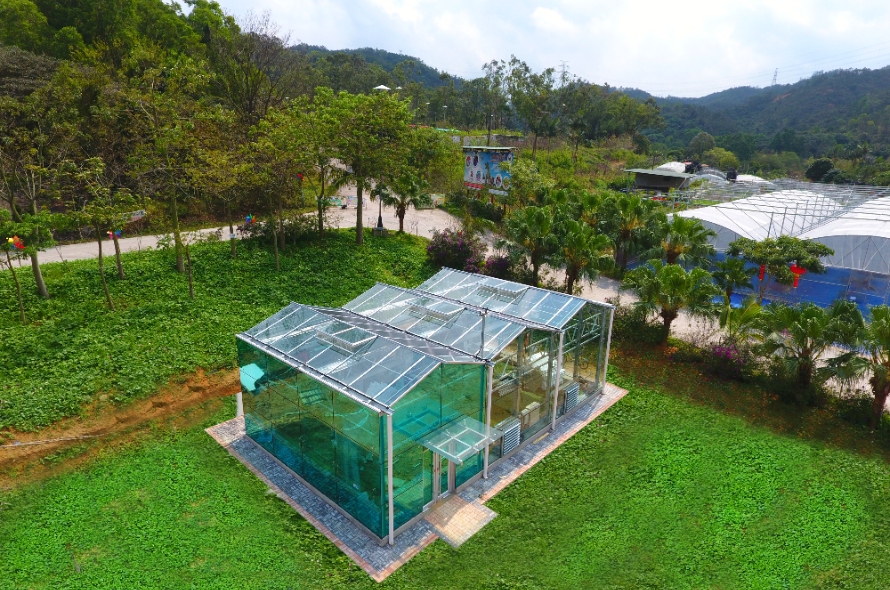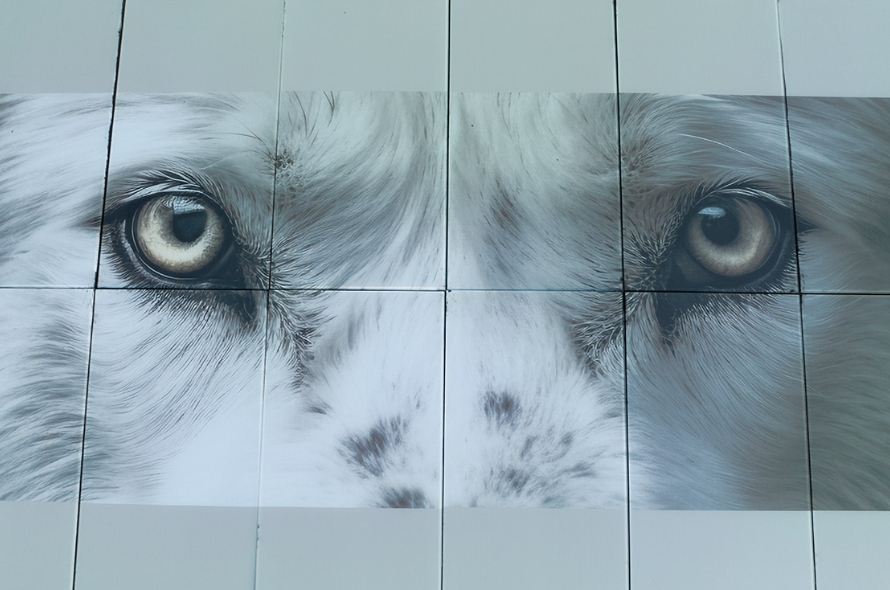Jun. 16, 2025
In the evolving realm of solar energy aesthetics, the innovation of structural‑color glass is revolutionizing color solar roof tiles. Unlike traditional tinted or dyed solar tiles that compromise performance, structural‑color glass employs precisely engineered nanostructures to produce rich hues without sacrificing light transmission. This advancement paves the way for color solar roof tiles that are not only visually striking but also maintain around 80 % transparency—ideal for efficient color solar roof tiles integrated into architectural design.

Structural‑color glass refers to glass surfaces engineered at the nanoscale—using photonic crystals or photonic glasses—to create vibrant colors through constructive interference rather than pigments. A recent theoretical study demonstrated that ~3 µm‑thick photonic‑glass layers could produce vivid purple, blue, cyan, green, and even grey while retaining approximately 80 % average solar transmissivity—ideal for color solar roof tiles.
By avoiding pigments or dyes, structural‑color glass directs most non‑color wavelengths to the solar cell beneath. As a result, color solar roof tiles maintain over 80 % light passage, ensuring high PV efficiency—unlike traditional colored coatings that often block significant light.
Structural‑color glass provides stable, angle‑independent hues, avoiding the “glint” and “flop” issues common in tinted surfaces. This yields consistent, rich color across all viewing angles—boosting the curb appeal of color solar roof tiles.
Structural‑color mechanisms are photostable—colors derived from structure don’t fade as pigments do. Hence, color solar roof tiles retain vibrancy over decades with minimal degradation.
Manufacturers utilize micro‑ and nano‑textured glass to manipulate visible light:
Microtexturing (10–1000 µm) shapes color hues and brightness distribution via angular dispersion.
Nanoscale photonic features (100 nm–µm) generate vibrant structural colors with minimal absorption.
Combined texturing creates structural‑color glass that delivers consistent, rich color on color solar roof tiles while allowing 80 % light through for efficient energy conversion.
The colored solar roof tiles developed by Gain Solar have customizable panel transparency and rich colors. Our designers will design the most suitable colors and textures according to the local architectural culture style. They have been applied to architectural designs around the world. This design can achieve sturdy and durable colored solar roof tiles with consistent angles while minimizing performance losses.
Academic Demonstrations: The photonic‑glass study confirmed structural color produces vibrant hues, with AST (average solar transmissivity) around 80 %, proving the feasibility of color solar roof tiles
Color Coating Efficiency Study: Research indicates structural colors outperform traditional coatings: with cellulose‑nanocrystal structures, efficiency retention reached 83 % compared to bare cells—showing potential for deploying color solar roof tiles across various hues
Architectural Harmony: Structural‑color color solar roof tiles match diverse building styles—brick red, slate grey, terracotta—enhancing design unity without compromising solar output. This is crucial for heritage zones or aesthetic‑driven architecture.
Regulatory & Aesthetic Acceptance: Some regions regulate solar installations for visual compliance. Structural‑color color solar roof tiles offer custom colors that meet guidelines while delivering performance.
Market Differentiation: Companies leveraging structural color can distinguish by offering both performance and style: homeowners no longer must choose between aesthetics and energy generation.
Manufacturing Precision: Achieving consistent nanoscale structures over large glass areas demands precise production and quality control.
Scaling Cost‑Effectively: While theory proves AST ~80 %, commercial viability requires efficient, high‑volume manufacturing to compete with conventional solar roof tiles.
Durability Standards: Glass must maintain structural integrity under UV, temperature shifts, hail, and wind over 25–30 years, typical for roofing.
Color Range Limitations: The current photonic‑glass colors are limited—red and yellow are harder to achieve structurally. Ongoing research aims to expand the palette.
Building‑Integrated Photovoltaic (BIPV) Momentum: The trend toward BIPV includes colored façades, skylights, and curved roofs using structural‑color glass—positioning color solar roof tiles as part of an integrated energy design strategy.
The Wolf Street BIPV demonstration project in Switzerland is a BIPV demonstration building designed and built by Gain Solar for Swiss customer Hugo Keiser. Gain Solar designed a wolf head pattern for the building and used gray panels to match the local style. Calculated by the daily radiation power generation efficiency, it can generate 80 kWh of electricity per day while maintaining the visual agility of the entire roof.

The integration of structural‑color glass is shifting color solar roof tiles from niche concepts to market-ready solutions. As manufacturing matures and the color range expands, we can expect wider adoption in residential and commercial builds where roof design matters.
By delivering vibrant color solar roof tiles with 80 % transparency and long‑term photostability, structural‑color glass bridges the divide between aesthetics and solar performance—ushering in a new era of green architecture with personalized, efficient energy generation.
Structural‑color glass is more than a visual enhancement—it’s a technological enabler. With about 80 % transparency, durable colors, and the ability to produce rich hues, this breakthrough positions color solar roof tiles as the future of stylish, high‑performance BIPV. As companies, architects, and homeowners embrace this innovation, structural‑color color solar roof tiles are poised to redefine how we view and use energy‑generating roofs worldwide.